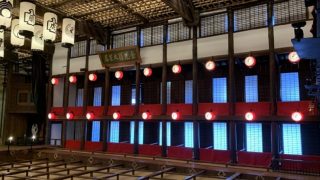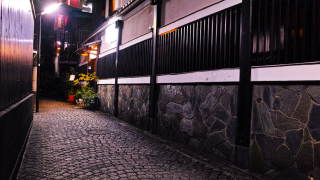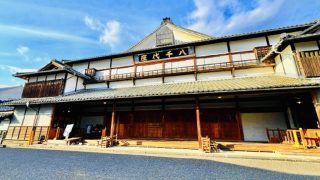 CONTENT
CONTENT The Sacred Site of Demon Slayer: Kimetsu no Yaiba — Dainihon Hotokusha (Shizuoka Prefecture), a Place Connected to the Ranks of the Demon Slayer Corps
Nestled in Kakegawa City, Shizuoka, Dainihon Hotokusha is a place where visitors can experience the same conviction and discipline that define the warriors of Demon Slayer.
The enduring philosophy of Hotoku—to govern oneself and act with compassion toward others—still thrives within its wooden halls.
Standing in its solemn silence feels like stepping into a training ground of the Corps, inviting introspection and inner strength.









